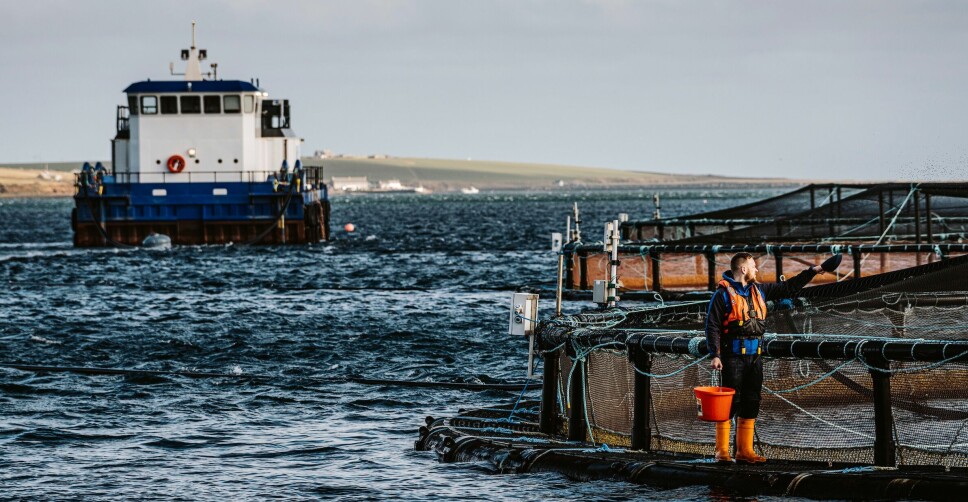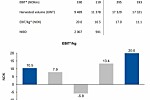Quarterly results

Scottish Sea Farms increased operating profit by 37% in second quarter
Operational EBIT per kilo almost doubled for M&S supplier compared to Q2 2021
Scottish Sea Farms made an increased operating profit of NOK 190 million (£16.6 m) in the second quarter of this year, according to figures published today by co-owner Lerøy.
The result was NOK 71 m (37%) higher than in the same period last year and was earned on a smaller harvest of 9,489 gutted weight tonnes (Q2 2021: 11,378 gwt).
But like fellow salmon farmer Mowi Scotland, SSF was unable to fully capitalise on Q2’s record high spot prices because of its high contract share of 48%, which had a pre-set price.
Contract share

SSF, which supplies Marks & Spencer, realised a much lower price for its contract share than for spot market sales, said Lerøy, which shares ownership of SSF’s parent company, Norskott Havbruk, with fellow Norwegian salmon farmer SalMar.
In a presentation accompanying its Q2 2022 report, Lerøy also pointed out that SSF had a high cost base because it was harvesting from sites that had biological challenges in Q3 and Q4 last year.
EBIT per kilo in Q2 2022 was NOK 20.0 (NOK 10.5) and EBIT per kilo for the first half of 2022 was NOK 17.0 (NOK 11.1).
46,000 gwt for full year
SSF’s revenue for the first half of this year was NOK 1.523 billion (NOK 1.190 bn) and operating profit was NOK 295 m (NOK 193 m).
SSF is Scotland’s second biggest salmon farmer following the acquisition of Grieg Seafood Hjaltland UK (Grieg Shetland) in December last year.
Lerøy, which reported record turnover for Q2, said that integration of the companies continues, and that harvest guidance for 2022 is 46,000 gwt.